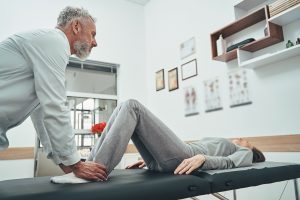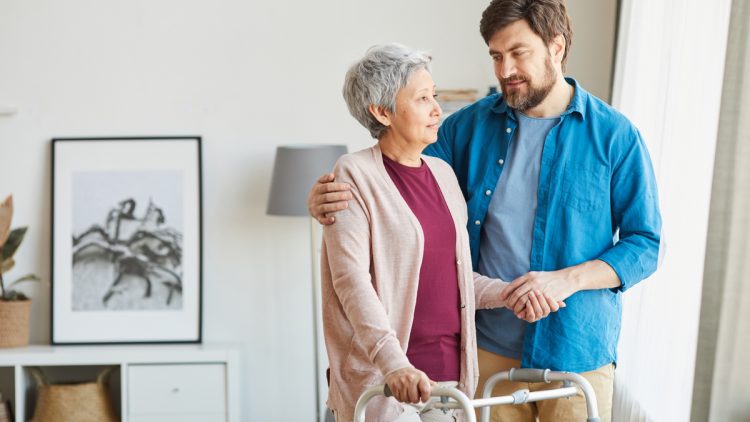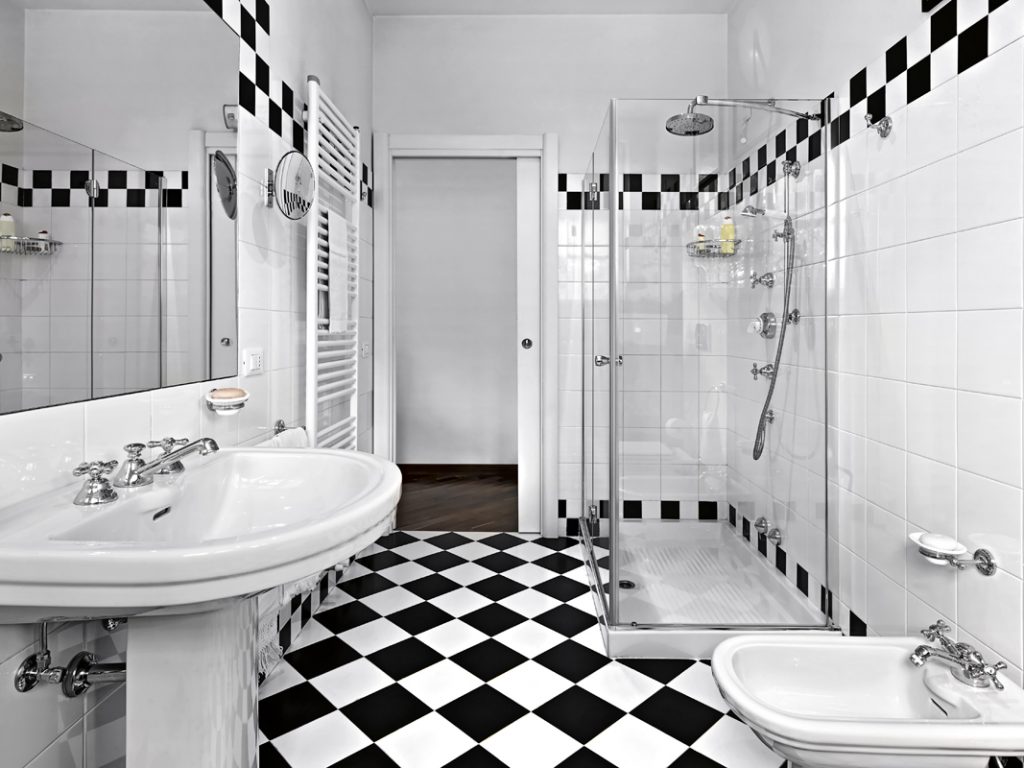How To Install Grab Bars In Tile Shower

Shower grab bars are a necessity for the elderly. The good news is grab bars are easy to install. Find out how to do this below!
Installing A Grab Bar In 7 Steps
Installing a grab bar for a tile shower shouldn’t take any longer then 30 minutes. Follow these steps for installation.
Step 1. Marking The Mounting Area With Painter’s Tape
- Get painter’s tape and use it to mark the spots on the wall where you’ll be installing the grab bar(s).
- Extend the tape to the same length of the grab bar.
- ADA requirements say grab bars must be between 33-36 inches above the shower floor.
Step 2. Using The Stud Finder
- Take your stud finder and place it on the wall, searching for the nearest studs.
- Once the studs are located, mark it with the painter’s tape.
- This is the area where you will drill holes to mount the plates for the grab bar.
Step 3. Mark Pilot Hole Locations
- Use the mounting plate on your grab bar as a guide to mark the holes where the screws will eventually be inserted onto the studs.
- Make sure to follow the grab bar instructions at this time and moving forward.
Step 4. Drill Pilot Holes
- Find the appropriately sized drill bit, then insert it into the drill.
- More than likely, the drill bit should be a 1/4 or 1/8 bit.
- Drill holes into the location that you marked over the studs.
- Drilling through tile may require more pressure than regular drywall, so adjust accordingly.
Step 5. Drill Screws Into Tile
- Grab the screws and drill mounting plate into its locations.
- If the screw seems stuck, pull the drill out and drive it in once again.
- After the first mounting plate is in place, put the grab bar into position.
- Hold the grab bar in place while you drill the second mounting plate.
Step 6. Applying Silicone Caulk
- After both plates have been mounted, take the caulk gun and run it along the exterior of both plates.
- This will help to prevent water leaks which can cause mold and mildew.
Step 7. Testing The Grab Bar
- Wait around 45-60 minutes for the caulk to dry.
- Then test the bar by giving it a quick tug to ensure it is secure.
- The grab bar should not move at it.
- If it does move, you must re-install it.
- Apply enough pressure when pulling because it needs to hold your body weight.
Necessary Tools For Installation
- Drill with drill bits.
- Stud finder.
- Tape measure.
- Wall anchors.
- Painter’s tape.
- Grab bar and plates.
- Protective eye goggles.
Related Posts





















